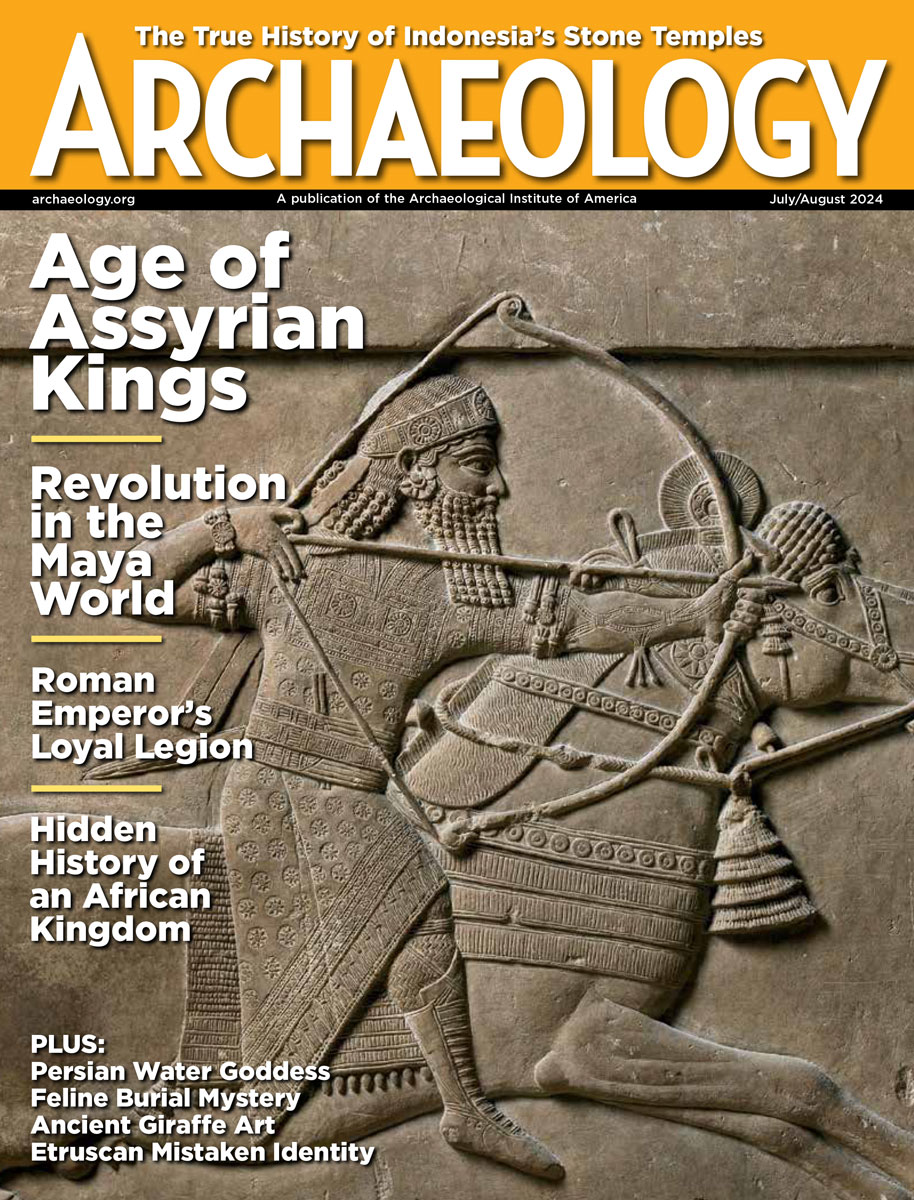Friday, January 23
January 23, 2009
In Pakistan, archaeologists announced they had discovered a city that is at least 5,500 years old, and could be 9,000 years old.
A huge, stone-lined hangi pit used for cooking meat has been discovered at the site of New Zealand’s oldest building. “We have never seen one like this before on any archaeological site in the country. We were not expecting to find it,” said team leader Richard Walter. Â
Researchers have turned to language and gut bacteria to try to map the paths of human migration across the Pacific, where there has been insufficient archaeological evidence, and genetic studies have proven inconclusive. The new studies suggest that Pacific peoples share a common 5,000-year-old ancestor from Taiwan. Â
Some have suggested that a rapid rise in sea level wiped out Neolithic settlements near the Black Sea and inspired flood tales such as Noah’s Ark. In a new investigation, an international team of geologists examined cores taken from the delta of the Danube River, which empties into the Black Sea, to determine sea level for the Black Sea 10,000 years ago. “We don’t see evidence for a catastrophic flood as others have described,” said Liviu Giosan of the Woods Hole Oceanographic Institution. Â
A small metal token excavated ten years ago in Alexandria, Virginia, is a George Washington Baker 66 Medal from 1797. Â
New Philadelphia, Illinois, has been designated a National Historic Landmark. The town was founded in 1836 by freed slave Frank McWorter, and grew to become an integrated community of 160 people. The town failed after it was bypassed by the railroad in 1869, and has become an archaeological site.  Â
Here’s another report on the planned auction of artifacts looted from China in the nineteenth century at Christie’s in Paris. “It is not acceptable that a foreign company would put the looted relics for auction, and we will not try to buy them back,” said Song Xinchao, director of the museum department in China’s State Administration of Cultural Heritage. Â
This article on the theory behind the death of sixteenth-century astronomer Tycho Brahe has a few new factoids about his life. Danish scientists want to exhume his body, buried in a Prague church, to test it for mercury.
- Comments Off on Friday, January 23









